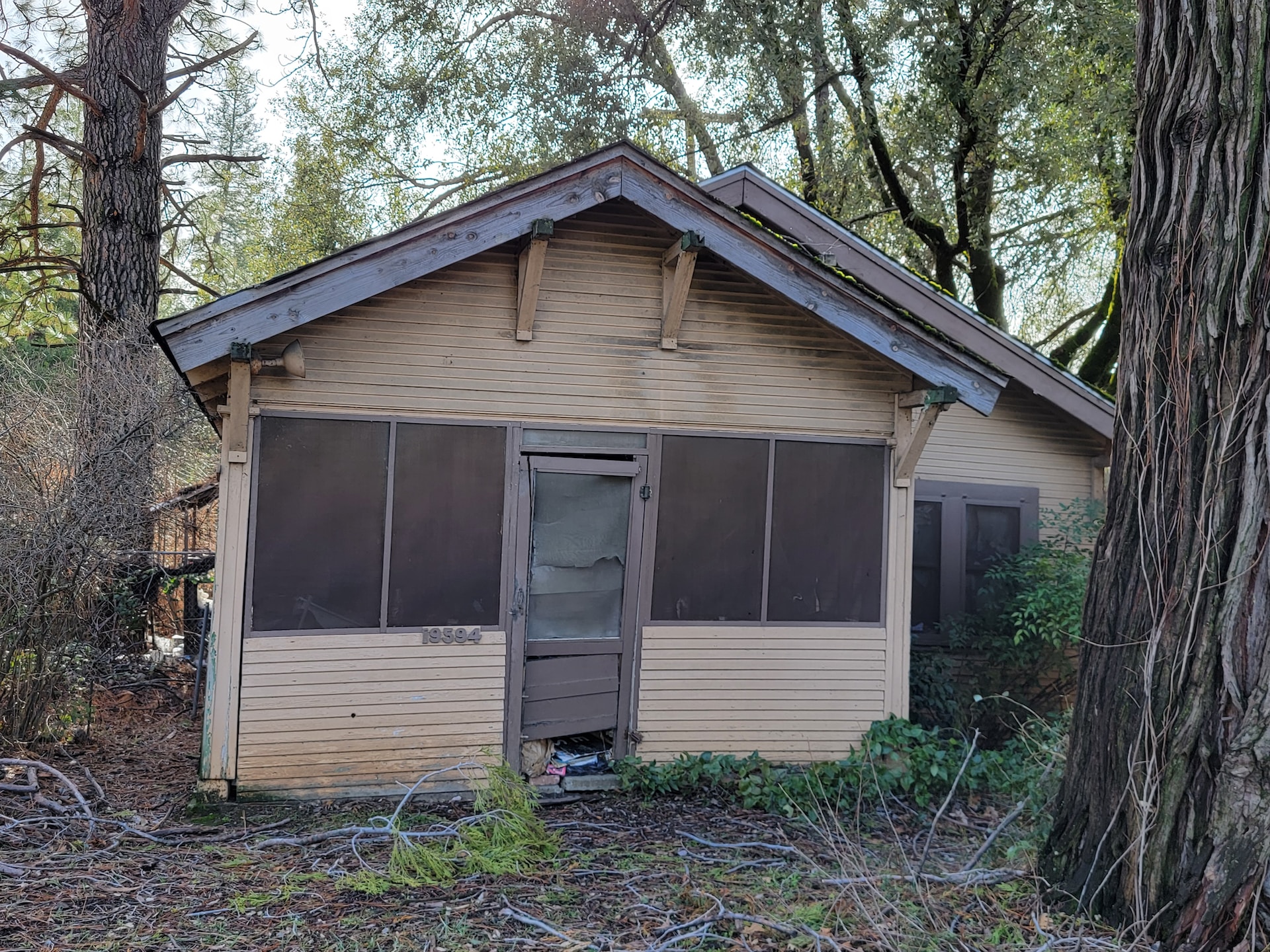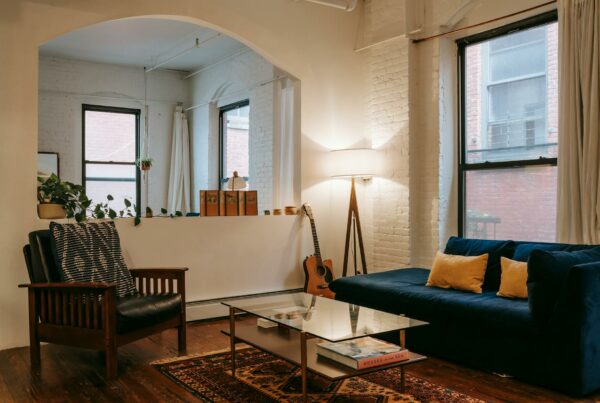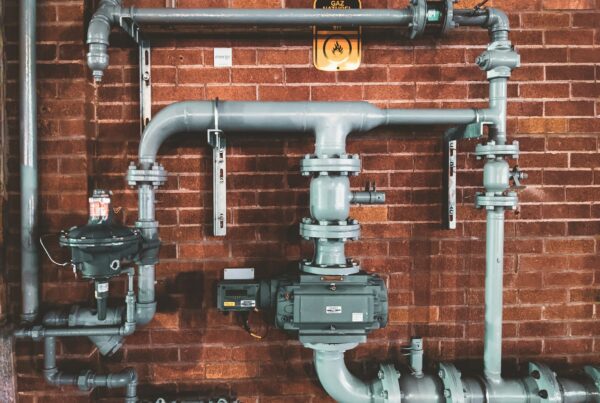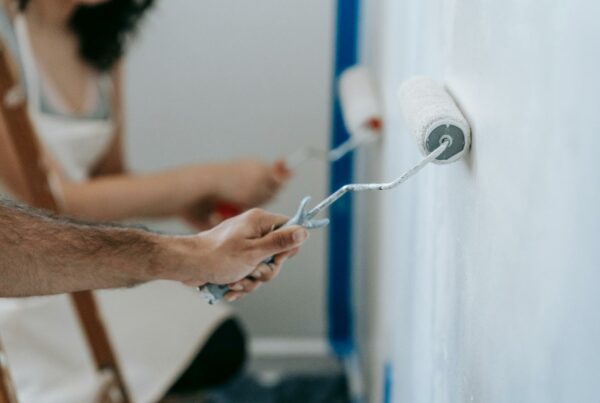Last Updated on December 21, 2023
Turning a fixer-upper into a dream home is an exciting challenge. It’s a chance to unleash your creativity and make a space truly yours. Some homeowners enjoy buying fixer-upper projects and turning them into their forever homes. Others are real estate investors looking to remodel a property and resell it. Either way, there are financial pitfalls that are easy to get whacked by. Fixer-uppers can become money pits if you don’t know where to start with your renovation.
Here are 7 financially smart design ideas for a fixer-upper house.
1. Embrace an Open Floor Plan
One transformative, yet budget-friendly, design change is to create an open-plan living space. Open-plan designs create a sense of expansiveness, eliminating underused areas. Make sure you make this decision early on in the project. It’s more expensive to change the floor plan later once other items are already fixed up.
Open floor plans are unique and trendy. It’s common to see Airbnb properties with these types of designs. They foster a sociable environment, where family members can interact even when doing different activities. For example, cooking and dining areas can merge, making meal preparation a more social event.
Natural light also plays a crucial role in open-plan designs. Without walls to block sunlight, spaces get filled with natural light. This reduces the need for artificial lighting and makes rooms feel airy. Financially, knocking down walls that aren’t load-bearing is often cheaper than constructing new walls. This approach to remodeling also avoids the expenses associated with additional materials and labor. It’s an effective way to make a dramatic impact without a dramatic budget.
2. Refurbish, Don’t Replace
Before you consider disposing of old fixtures, decide if you can reuse them. Refurbishing older household items gives a fixer-upper character while saving money. Take hardwood floors, for instance. Over time, they may look worn. However, with some sanding and resealing, they can be restored to their former glory for a fraction of the cost of new flooring.
It’s common for fixer-uppers to have solid flooring that looks rough but is savable. Don’t be afraid to use the materials you already have when fixing up a place. The same principle applies to kitchen cabinets. A fresh coat of paint and new hardware can completely transform their appearance. Refurbishing allows you to preserve the quality of older, well-made materials.
3. Invest in Energy Efficiency
While you may be paying for things upfront, integrating energy-efficient features into your home will save you money long-term. Simple upgrades like switching to LED lighting, installing energy-efficient appliances, or improving home insulation can significantly reduce your monthly utility bills. It’s a great addition to a fixer-upper that you plan to hold for multiple years.
The benefits of energy efficiency extend beyond cost savings. Homes with green features often have a higher market value and are more appealing to buyers if you decide to sell in the future. Plus, by reducing energy consumption, you’re contributing to a more sustainable environment.
When adding energy-efficient features to your property, make sure that they are protected. Getting things like insurance on solar panels isn’t a bad idea depending on where you live. Even when living in a safe city, insuring expensive items is helpful if something bad happens. Play defense when revamping your fixer-upper property through different designs.
4. Creative Use of Materials
One of the most exciting aspects of renovating a fixer-upper is the opportunity to get creative with materials. Sometimes, the most stylish options are surprisingly affordable. For example, repurposed materials can add a unique and personal touch to your home. Reclaimed wood can be used for everything from flooring to accent walls, adding warmth and character.
Industrial elements like exposed brick or polished concrete floors can create a contemporary feel throughout your home while not spending too much money. These materials can often be sourced at a fraction of the price of new, high-end products. By choosing unconventional materials, you can achieve a high-end look without the high-end price tag. If you plan to live in the property for a while yourself, this is a great design idea to consider.
5. Go Green with Your Garden
A well-designed garden can really enhance your home’s curb appeal. Landscaping, however, doesn’t need to be extravagant or expensive. Adding native plants can reduce water consumption and maintenance costs. These plants are adapted to local climate conditions and are more likely to thrive with minimal care. This is a cheap and easy way to revamp the look of your fixer-upper.
Creating DIY garden paths with repurposed materials like bricks or stones can add charm to your outdoor space. It’s a way to create an outdoor sanctuary that’s both beautiful and sustainable, without incurring substantial expenses.
6. Maximize Storage with Built-Ins
One of the most practical and cost-effective ways to enhance a fixer-upper is by integrating built-in storage solutions. Adding full walk-in closets to rooms that are barren is expensive. Built-ins are a genius way to maximize space, especially in smaller homes. They provide a seamless look that can make a room appear larger and more organized.
You can also add built-in shelves in living areas for books, display items, or media equipment. In bedrooms, built-in wardrobes can be tailored to fit the exact dimensions of the room. This eliminates wasted space and avoids the need for bulky furniture. Utilize every inch of space throughout your fixer-upper with these creative storage solutions.
From a financial perspective, built-ins can be a smart investment. While the initial cost might be higher than buying a freestanding piece, they add significant value to the property. These fixtures are seen as high-end additions that can elevate the overall appeal of your home. Plus, with the right design, they can look good for years to come.
7. Utilize Multi-Functional Furniture
In a fixer-upper, where space and budget may be limited, choosing multi-functional furniture is a useful strategy. Furniture that serves multiple purposes can be both a space-saver and a money-saver. For example, a sofa bed in the living room can double as guest accommodation. Another common example is an ottoman with storage, providing a place to sit as well as a spot to stow away items.
In the kitchen and dining area, consider a drop-leaf table that can be extended when hosting guests but remains compact for daily use. In-home offices or small bedrooms, a wall-mounted desk can fold away when not in use, freeing up floor space.
The beauty of multi-functional furniture lies in its ability to adapt to your changing needs without requiring additional investments. Do more with less in your fixer-upper property. By selecting pieces that are versatile and adaptable, you can create a home that isn’t cramped and has multiple functions, all while staying within your budget.
Conclusion
Transforming a fixer-upper into something great takes time, effort, and money. Thankfully, there are renovation strategies that are affordable. You can remodel a fixer-upper without spending too much on unnecessary items while making the property look great.





